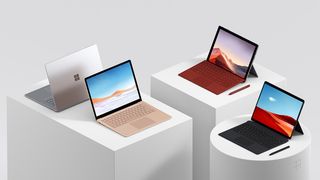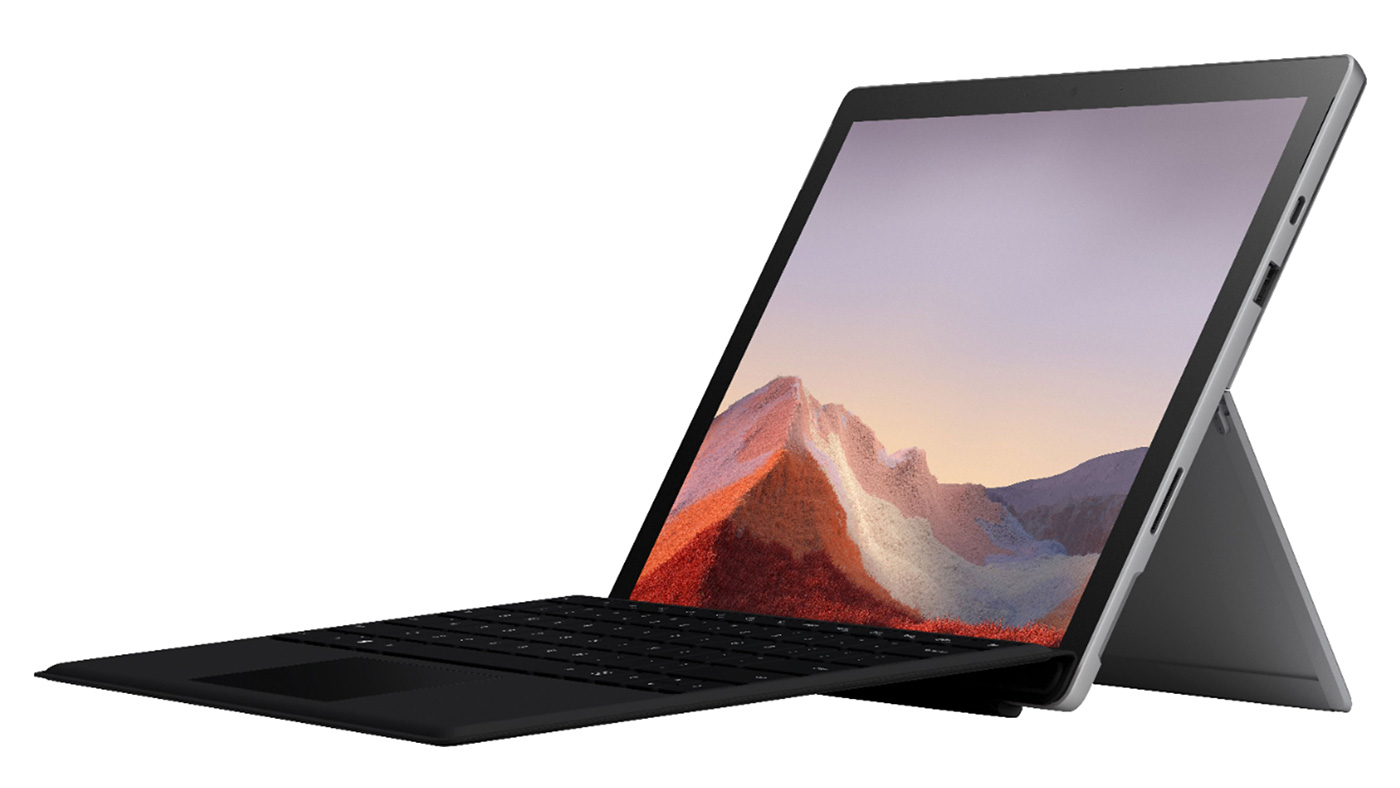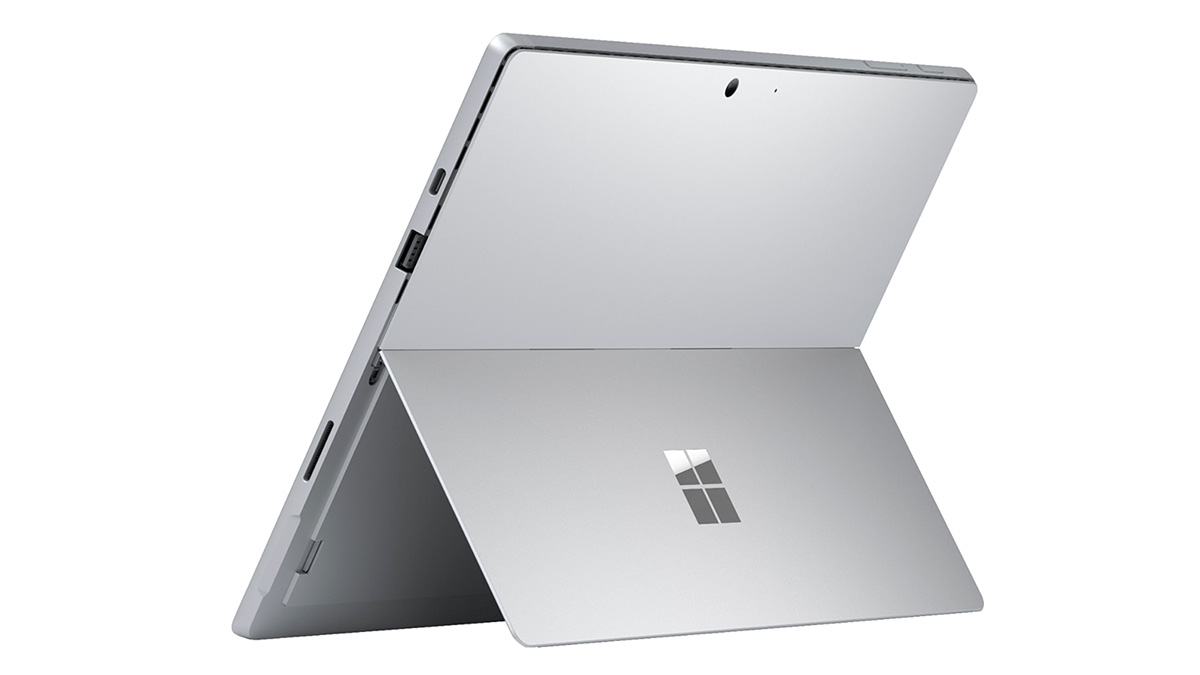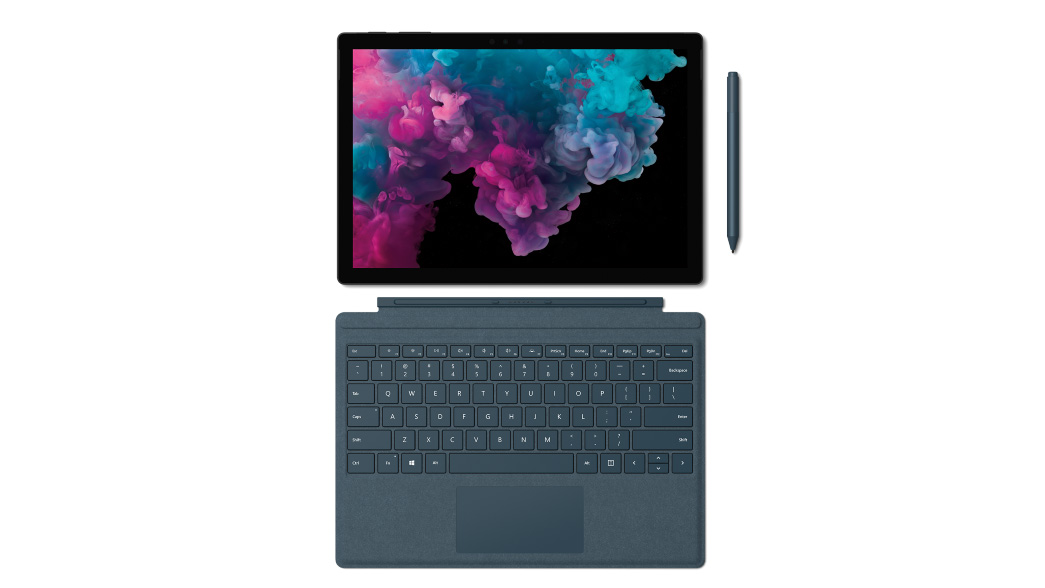Surface Pro 6 Upgrade Ssd
Surface Pro 6 vs Surface Pro 7: which is the best?

Surface Pro 6 vs 7
01. Display
02. Performance
03. Design and ports
04. Battery life
05. Price
06. Deals
07. Verdict
The Surface Pro 8 may now be out, but Surface Pro 6 vs Surface Pro 7 is still a popular question. Since its October 2019 release, the Surface Pro 7 tablet/laptop hybrid has delighted creatives. But, if you already own the very capable Surface Pro 6, is it worth upgrading? This article should help you decide.
As well as the new Surface Pro 8, which boasts improved specs, a larger display and a removable SSD, there's also the Surface Pro X to contend with. Though Microsoft itself suggests that the Surface Pro 7 is preferable to the Surface Pro X for those who use creative apps like Photoshop.
The Surface Pro 6 and 7 run Windows 10, which means you have access to all your favourite creative programs. Both devices also have gorgeous touchscreens that can be used with styluses for quick drawing and note taking when on the go (for alternatives, see our ranking of the best tablets with a stylus).
On their own, both the Surface Pro 6 and 7 are tablets, but add the Type Cover (sold separately, although bundle deals are available, check out our Surface Pro Black Friday hubs for offers) and they can be used as laptops. The clever, lightweight Type Cover not only protects the screen of the Surface Pro when closed, but when open has a built-in keyboard and trackpad.
But which device is best for you? The Surface Pro 6 was released in October 2018, so isn't exactly ancient. Does the newer Surface Pro 7 offer a big enough leap to justify the higher price tag? And is it still worth it when you consider that the Surface Pro 8 has just come out? We pit the Surface Pro 6 vs 7 to find out.
Surface Pro 6 vs Surface Pro 7
Surface Pro 6 vs 7: Display
One of the reasons why it's so important to look at the Surface Pro 6 vs 7 is because they are so similar – something that will disappoint anyone who was hoping that the Surface Pro 7 would represent a massive leap over its predecessor.

The similarities are immediately apparent with the screens of the two devices. Both are 12.3-inches, with resolutions of 2,736 x 1,824. Basically, both have exactly the same display. This isn't necessarily a bad thing, as the high resolution (Microsoft calls the screens 'PixelSense') offers very impressive image quality, with a pixel density of 267 pixels per inch (PPI). This leads to very sharp and clear images.
The aspect ratio of the screens is the same, slightly odd, 3:2, which is taller than the usual widescreen aspect ratio of 16:9. This gives you a bit more space to work on vertically.
Essentially, if you love the screen of the Surface Pro 6, then you'll love the screen of the Surface Pro 7. However, that also means there's one less reason to go with the Surface Pro 7, as you can buy the older (and cheaper) Surface Pro 6 and not sacrifice image or screen quality.
It's worth noting that the Surface Pro 8 comes with a slightly bigger 13-inch screen, and has a new ambient colour sense that adjusts to the light in the room.
Surface Pro 6 vs 7: Performance
While on the surface (sorry), the two devices look identical, when it comes to performance it's a different story. The Surface Pro 7 offers improved performance, as well as a more varied choice of configurations, so you can buy the Surface Pro 7 that offers the right level of power for your needs and budget.
The Surface Pro 6 offers the choice on an 8th generation Intel Core i5-8250U or Intel Core i7-8650U, plus a choice of 8GB or 16GB LPDDR3 RAM. This hardware is more than capable of running Windows 10 and its creative applications.
However, the Surface Pro 7 offers a clear advantage when it comes to performance. It features 10th generation Intel processors: the Intel Core i3-1005G1, Core i5-1035G4 or Core i7-1065G7. The inclusion of a Core i3 variant gives you an option if you don't need the power of an i5 or i7 processor, and is more affordable.
All 10th generation processors aren't just more powerful than the 8th generation, but they are more power efficient as well. This means you're getting better performance and longer battery life as well.
The Surface Pro 7 also features the choice of 4GB, 8GB or 16GB LPDDR4x memory, which is slightly newer and faster than the RAM in the Pro 6. Microsoft claims that the Surface Pro 7 is 2.3 times faster than the Surface Pro 6. While we don't think the difference is quite that noticeable, if you care about performance, the Surface Pro 7 is the one to get. Note that Microsoft says that the Surface Pro 8 is 46 per cent faster than the 7.
For people who require a device with powerful graphics-handling capabilities, for example video editors or people working with 3D models, it's important to point out when looking at Surface Pro 6 vs 7 that neither have dedicated graphics cards. Instead they rely on the integrated GPUs of the processors; the Intel UHD Graphics 620 of the Surface Pro 6, and the more powerful Intel Iris Plus in the i5 and i7 versions of the Surface Pro 7.
Surface Pro 6 vs 7: Design and ports
As we've mentioned earlier, when pitting Surface Pro 6 vs 7, both devices look very similar. The dimensions are the same, with dimensions of 11.5 x 7.9 x 0.33 inches (292mm x 201mm x 8.5mm). This is a bit disappointing for the Surface Pro 7, as it means you get the same thick bezels that surround the display, and frankly make the Surface Pro 7 look a bit dated, especially as so many of its competitors offer slimmer bezels and a more stylish design. The Surface Pro 8 has helped with this, with its thinner bezels and larger display.
Both the Surface Pro 6 and Pro 7 weigh roughly the same, with 1.7 pounds for the Surface Pro 6 and slightly heavier 1.73 pounds for the Pro 7.
The two devices also feature detachable Type Covers for using as a laptop (sold separately, though you can sometimes find bundles with the Type Cover included for a reduced price) and both work with the Surface Pen stylus.

When it comes to ports, they offer largely the same selection, with a full-size USB-A port (for plugging in older peripherals), a 3.5mm audio port and microSD card reader. This is a welcome addition for photographers, as it allows you to plug in memory cards without needing an adapter. Both offer Bluetooth wireless connectivity as well.
Where they differ is that the Surface Pro 6 has a mini DisplayPort. Meanwhile, the Surface Pro 7 lacks that, but instead offers a USB-C 3.1 port. This allows you to connect modern peripherals and offers much faster data transfer speeds. If we had to choose, we'd pick the USB-C over the Mini DisplayPort every time. The Surface Pro 8 also adds two Thunderbolt 4 ports.
Surface Pro 6 vs 7: Battery life
With the newer hardware in the Surface Pro 7, you'd think that its better power efficiency would lead to a longer battery life. However, Microsoft actually lists the battery life of the Surface Pro 6 as longer.
According to Microsoft, the Surface Pro 6 offers 13.5 hours of 'video playback', while the Surface Pro 7 is cable of 10.5 hours of 'typical device usage'. However, playing videos and 'typical device usage' are two quite different things, and you'd expect day-to-day use to be more power-hungry than simply watching a video.
So, we'd take Microsoft's comparisons with a pinch of salt. In our own tests, the Surface Pro 6 scored 8 hours and 45 minutes running a looped 1080p video. Meanwhile, the PC Mark 8 battery life test, which replicates day-to-day usage such as video calling, lasted just 4 hours.
However, the Surface Pro 7 fared worse, with just 6 hours and 2 minutes in our video test, and 3 hours and 12 minutes in PCMark 8. So – rather surprisingly – the Surface Pro 6 is the clear winner when it comes to battery life.
The battery in the Surface Pro 8 has increased from 50.4WHr up from 43.2WHr, though we have yet to test how this works in practice.
Surface Pro 6 vs 7: Price
Both the Surface Pro 6 and Surface Pro 7 come in a variety of configurations, which means you can choose the hardware you want to match your needs – and budget. So, if you're on a budget, you can tweak either Surface to come with less powerful processors, or less storage space, to keep the price down.

When the Surface Pro 6 first launched, its base configuration was $899 / £879. That's a hefty asking price, but the good news is that prices have dropped since then – especially with the release of the Surface Pro 7. This means it's the more affordable choice right now. You can buy the Surface Pro 6 for as low as $600 / £650 if you shop around. Because of its age, the Surface Pro 6 is more likely to go on sale as well.
Meanwhile, the Surface Pro 7 launched with a lower base configuration price of $749 / £799. That means it's actually better value for money, and if you want the extra power, then paying a bit more for the newer device is worthwhile.
The Surface Pro 8 has just launched (so you're less likely to see deals on it) and currently starts from $1,099 / £999.
If paying the absolute lowest price possible is key, then the Surface Pro 6 is the one to get, but the Surface Pro 7's lower launch price means it's very good value as well. It's also worth noting that neither the Pro 6 or Pro 7 comes with the Type Cover or Surface Pen, which means they are an additional $149 / £149 and $99 / £99 respectively, so you'll need to factor those in to the overall cost.
Take a look at the best prices in your region right now in the widgets below – or scroll down for our overall verdict.
Surface Pro 6 vs 7: Deals
Surface Pro 6 vs 7: Our verdict
Does the Surface Pro 7 represent a big enough leap over the Surface Pro 6 to be a worthy upgrade? Unfortunately not. While the Surface Pro 7 does have newer, more powerful components, the leap in performance is not that high.
Meanwhile, from a design perspective, it's pretty much exactly the same as the Surface Pro 6. The Surface Pro 6 also offers much better battery life, and considering the cheaper price, we think the Surface Pro 6 is the best one to go for. It's a shame, as the Surface Pro 7 feels like a bit of a wasted opportunity. If you want something really revolutionary, then pick up the Surface Pro X or the Surface Pro 8 instead.
Read more:
- The best drawing tablet right now
- Review: Microsoft Surface Pro
- The best Android tablets

Matt has been a technology journalist for well over a decade, writing for publications such as T3, MacFormat and Creative Bloq. He's a senior editor of TechRadar, Creative Bloq's sister site, where he can be found writing about and reviewing laptops, computers, monitors and more. He often writes for Creative Bloq, helping creatives find their perfect laptop or PC.
Related articles
Surface Pro 6 Upgrade Ssd
Source: https://www.creativebloq.com/features/surface-pro-6-vs-surface-pro-7
Posted by: hennesseybecomeavoing.blogspot.com

0 Response to "Surface Pro 6 Upgrade Ssd"
Post a Comment